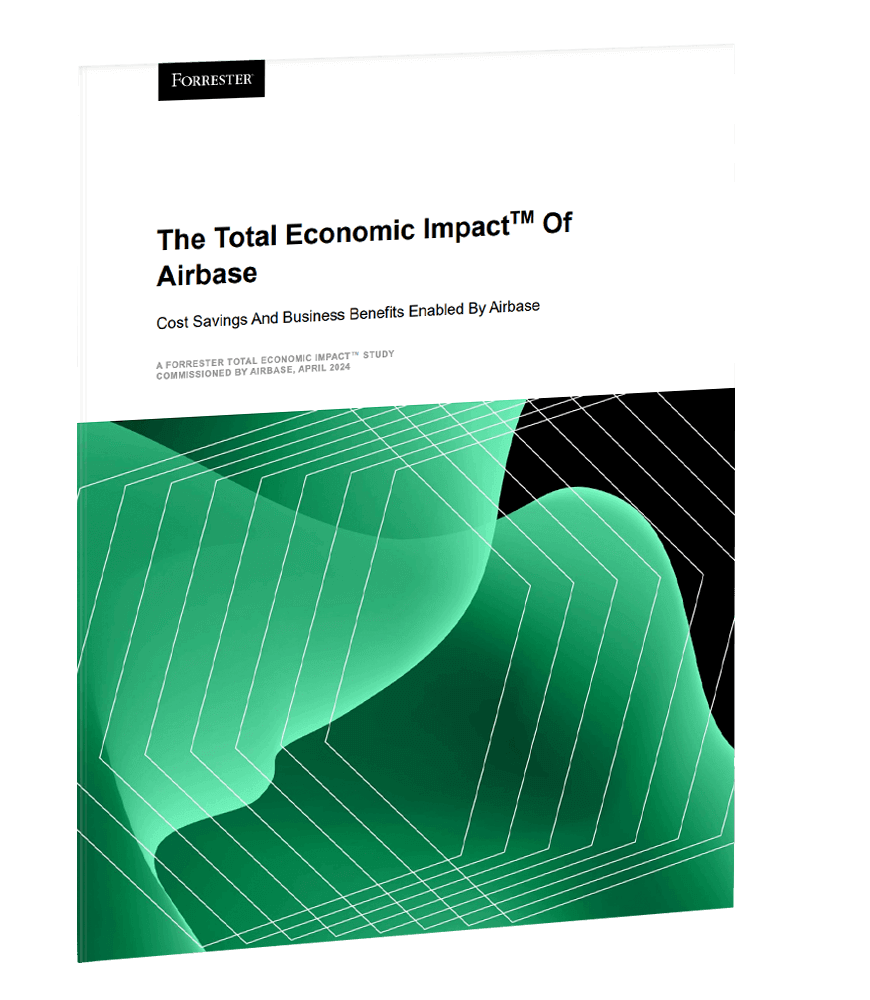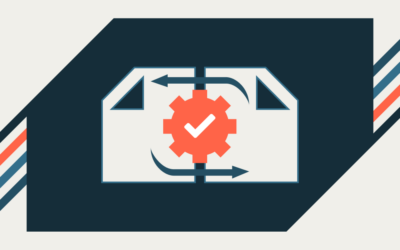To understand the true impact of AI in procurement, we partnered with ProcureCon and WBR Insights to conduct a comprehensive survey of procurement leaders across various industries.
The results reveal how procurement teams are leveraging AI, what does and doesn’t work for them, and how they’re preparing for the future.
Who we asked: Procurement leaders.
The WBR Insights research team drew on survey results from 100 procurement, supply chain, risk management, and IT C-level leaders. About half are from organizations with over $1 billion in spend under management.
The big question: What is AI in procurement in 2024?
Artificial intelligence (AI) in procurement involves leveraging sophisticated technologies and algorithms to allow software to handle tasks typically done by humans but with greater efficiency, speed, and precision.
As a procurement professional knows, procurement encompasses carefully extensive data, adapting to changing market conditions, mitigating potential risks, and enhancing supplier interactions. Given the massive data volume and the necessity for efficient analysis, AI has the potential to be an indispensable asset for procurement teams.
Given AI’s vast potential to transform procurement and its rapid entry into the market, the survey provided an excellent opportunity to assess the current state. The results could serve as excellent benchmarks for procurement leaders looking to optimize their own processes.
What we learned about AI in procurement.
1. 96% currently use AI in the procurement process.
That widespread use indeed suggests a sea change has taken place — so the 4% who don’t use AI currently may be left adrift. The most common uses for AI in procurement are:
- Market intelligence gathering and analysis (77%).
- Automated data entry and processing (74%).
- Predictive analytics (57%).
- Inventory and supply chain logistics optimization (53%).
- Supplier risk management (52%).
- Contract analysis and management (42%).
- Automated supplier selection and negotiation processes (36%)

2. But only 30% are very satisfied with their current AI solutions.
The use of AI is ramping up exponentially, but the low satisfaction rates are troubling. The study’s authors point out that this is an opportunity for leaders to leverage the latest developments effectively to raise satisfaction levels.

3. 100% plan to implement AI tools within the next year.
In other words, if you don’t have an AI strategy in place, you’ll be left behind. The survey highlights a critical shift toward embracing advanced technologies, as organizations strive to stay competitive and agile in a rapidly evolving market.
4. 58% say AI will support deeper insights and decision-making.
Structured databases enable AI to offer powerful predictive analysis and projections based on historical data, which in turn helps procurement teams gain a strategic edge.
The relatively low number of people who see the potential for AI to support strategic decisions suggests the need for more awareness of AI’s power to synthesize data from different sources. This ability can lead to insights that support better sourcing strategies, greater awareness of upcoming procurement needs, and smoother processes for the entire procurement lifecycle.
Interestingly, 31% say that providing real-time insights is the feature that would most improve their procurement processes. Platforms with enhanced analytical capabilities have the capacity to provide those insights.
5. 57% say prioritizing AI in procurement use cases is the most significant challenge they face in implementing AI.
This may be due to the rapid rise of AI within procurement as organizations work to determine the best ROI for their AI investment.
According to the survey, the current top three use cases for procurement are:
1. Market intelligence gathering and analysis to inform procurement decisions.
2. Automated data entry and processing.
3. Predictive analytics for forecasting demand and prices.
6. 95% say they plan to increase their investment in AI over the next 3 years.
Not surprisingly, the vast majority of surveyed procurement leaders say they’ll invest more in the coming years, with 8% planning to increase significantly, and 87% planning to increase “somewhat.”
This expected increase highlights the need to improve the prioritization of use cases in procurement to ensure that money is invested where it will have the best impact.

7. Generative AI in procurement: 76% use it for category management.
Generative AI creates new content or data, which allows for more advanced uses, such as generating market intelligence insights or automating tasks requiring extensive documentation.
According to the survey, the current top uses for generative AI in procurement are category management and expense reporting.
The high adoption rates for generative AI tasks highlight its importance in optimizing routine tasks, which can, in turn, free up time for more strategic procurement tasks.
8. 63% experience better visibility into procurement processes with AI.
Better visibility in procurement can improve efficiency, reduce costs, strengthen decision-making, and mitigate risks — in other words, it’s essential for successful procurement teams.
Procurement platforms can utilize AI to consolidate data from multiple sources to create a unified view of procurement activities.
This helps identify spending patterns, track supplier performance to improve supplier relationship management and predict potential disruptions.

Guided Procurement Tour
Explore our automated procurement workflows in the Guided Procurement tour.
AI in procurement: Examples that show AI’s potential.
Airbase customer Medely is an excellent example of the ability of AI to improve efficiency and control in procurement. Eoin Hession, Controller at Medely, says Airbase has cut the company’s approval times by five days. Employees are thrilled with the easy intake process.
“From a procurement perspective, Guided Procurement by Airbase is fantastic. It’s extremely flexible, no-code, and gives the company a lot of control over the procurement process in general,” Eoin says.
As a forward-thinking procure-pay-close platform, Airbase pays close attention to the possibilities of AI to transform procurement processes. Some of the examples of how Airbase leverages AI in procurement include:
- Virtual card vendor acceptance insights (AI).
- Order form insights (Gen AI).
- AI-based fraud detection systems (AI).
- AI-based bill & PO matching (Gen AI).
- W-9 OCR extraction & validation (AI).
- Touchless expense reports (Gen AI).
- OCR extraction for bills and expenses (AI).
- AI-based receipt matching (AI).
- Category/GL vendor automation (physical cards) (AI).
Through these capabilities, Airbase not only improves operational efficiency but also empowers finance teams to make more informed, strategic decisions. And, like many of the procurement leaders in the survey, we have a comprehensive roadmap to continue revolutionizing procurement through new technologies.
 Jira Integration – Streamline Your Workflows
Jira Integration – Streamline Your Workflows  Ironclad Integration – Simplify Legal Operations
Ironclad Integration – Simplify Legal Operations  Asana
Asana 




